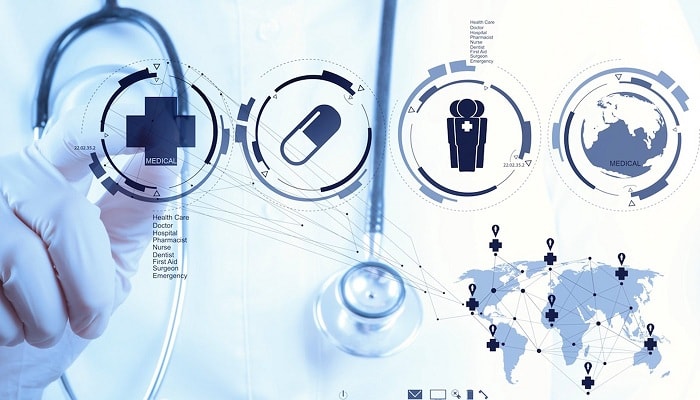Currently deployed in Asia, Eastern Europe and the Middle East, it is now available in the Americas and Western Europe. The technology which leverages medical wearable sensors to decrease contact between the patient and caregiver, allows for proactive remote patient monitoring (RPM).
Ms Zhang, deputy director of the nursing department of the Shanghai Public Health Clinical Centre, said: “VivaLnk’s continuous temperature monitor wearable, which was used for the first time in the fight against COVID-19 in our hospital, really reduced cross infection risks for our doctors and nurses due to its capabilities to provide data and vitals remotely. We used more than 200 temperature monitors throughout our hospital, and it made a huge impact in the care we were able to provide.”
Built upon VivaLnk’s ambulatory medical wearable sensor platform, the solution can be set up and scaled in hospitals, nursing homes and remote environments, including pop-up hospitals. Once deployed, nurses and caregivers can effectively manage the vitals of all patients from a centralised console to easily identify changes, and view trends and history.
The multi vital monitoring solution includes:
- Vitals: temperature, heart rate, respiratory rate, Sp02 Oxygen Saturation, and ECG
- Reusable sensors with continuous monitoring and live streaming
- Centralised patient monitoring application console
- On-premise data server software
- RPM option with patient companion app and cloud hosting
- Up to 21 days of continuous monitoring on a single charge
Jiang Li, founder and CEO of VivaLnk, said: “Continuous monitoring of patients’ vitals is essential for early detection of symptoms of infectious diseases, especially as we navigate the changing landscape of COVID-19. With temperature, heart rate and Sp02, it rounds out the key vitals for infectious respiratory diseases monitoring.”
The VivaLink solution works by automatically and continuously collecting patient vitals, and wirelessly sending it to a secure on-premise server via a Bluetooth Low Energy (BLE) WiFi router. The data is then consolidated and presented to a centralised console for caregivers. In RPM or remote field hospital deployments, an optional patient app and mobile device, and a cloud hosted application are available.


















